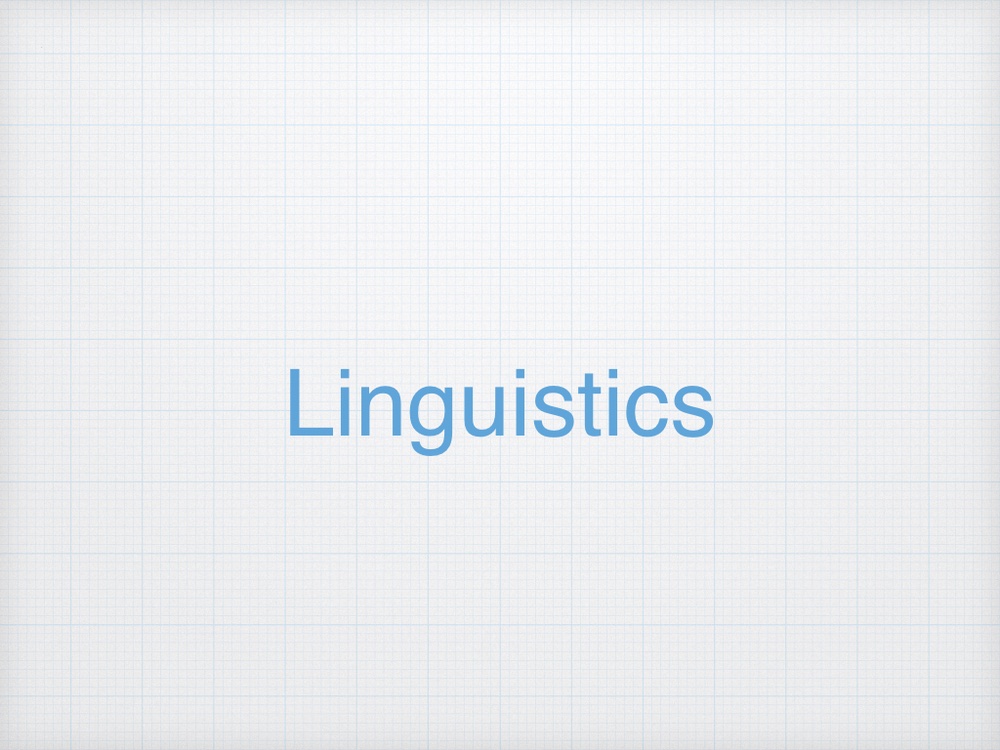ミニマルにすることによる理論修正
ミニマリストプログラムに入ってからの生成文法は, よりミニマルな理論構築を目指して進行している. 他方, その方針では従来の理論から大きな変更が求められる.
Mendívil-Giró (2014) はこの観点をきれいにまとめている.
On the other way, the adoption of a minimalist perspective has the direct consequence of creating the need to eliminate as many as possible of the purely language-internal properties one postulates. This implies accounting for the descriptive scope of a given postulated principle considering conditions imposed from the interfaces or general issues of computational efficiency. What is of relevance for us now is that if UG is emptied of specific linguistic principles except for abstract aspects of design, the possibility of explaining linguistic types as parametric options is diluted.
(Mendívil-Giró, 2014, p. 86)
一方で, ミニマリスト的視点を採用することは, 直接的な帰結として, 純粋に言語内部的な特性の仮定をできる限り排除する必要性を生じさせる. これは, ある仮説された原理の記述範囲を, インターフェースから課される条件や計算効率の一般的な問題を考慮して説明することを意味する. ここで重要なのは, UGが抽象的な設計上の側面を除き, 特定の言語的原理から空にされるならば, 言語類型をパラメトリックな選択肢として説明する可能性が希薄になるという点である.
(Gemini 訳)
ミニマリストプログラムでは, 可能な限り言語特有の要素を削り, インターフェースの条件や計算効率のような言語以外にも見られる一般的な要素に還元していく方針が取られている. しかし, これだと従来の普遍文法とそれに付随するパラメータという要素は理論内で扱いにくくなる. ミニマリストプログラムを用いるならば, 我々はこの理論的課題と向き合っていく必要があるだろう.
参考文献
- Chomsky, N. (1995). The Minimalist Program.
- Mendívil-Giró, J.-L. (2014). What are languages? A biolinguistic perspective. Open Linguistics, 1(1). De Gruyter Open.

